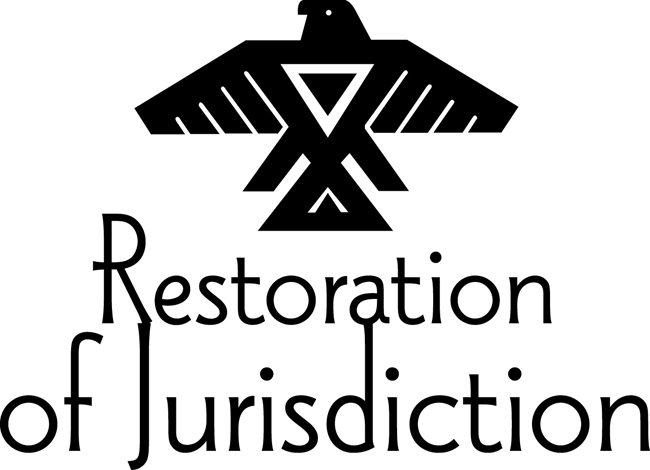Funding cap shadows education progress
In 1996 Canada put a 2% cap on increases for funding First Nations education.
The 2% cap has entrenched discriminatory funding shortages for First Nation schools, which receive $4,000-$5,000 less per student than Ontario would if that same student enrolls in a provincial school.
In the past year there has been no shortage of reports and analysis about the dire state of First Nations education in Canada. There was the Report of the AFN-led First Nations Education Panel, Ontario’s Drummond Report, and the Chiefs of Ontario’s “First Nations Jurisdiction over First Nations Education”, all in quick succession.
Meanwhile, the Anishinabek Nation was still involved in a lengthy negotiation process with Canada for the recognition of education jurisdiction, the establishment of a parallel Anishinabek Education System (AES), and fair and adequate funding.
Meanwhile, a strategic plan for the establishment of the Anishinabek Education System was developed and supported by Anishinabek Leaders, First Nation educators, and the Main Table responsible for negotiating the self-government agreement with Canada. The strategic plan was presented as an expression of optimism, passion and commitment to achieving the goals set out in the AES as designed by educators, parents, leaders, Elders, and youth over the last 14 years. The strategic plan was first presented to various key First Nation stake-holders as part of preliminary consultations in order to fine-tune and affirm its purpose.
The strategic plan was then presented to the chiefs-in-assembly at the 2012 Anishinabek Nation Grand Council in Sheguiandah for approval. In the interest of due diligence, chiefs recommended that the strategic plan be further discussed and that the recommendations be presented at the next Grand Council sitting in June 2013.
The consultations also sought input on confirming the selection process for board members from each of the five KEB regions, which also requires Grand Council approval.
Under direction and approval by the Anishinabek Leadership Council, a steering committee of First Nation Chiefs and Educators was put in place to oversee the consultation sessions. A total of eleven committee members from the five proposed Regional Education Councils were selected. From January to March, the REC consultations and a conference were held and the report is forthcoming.



